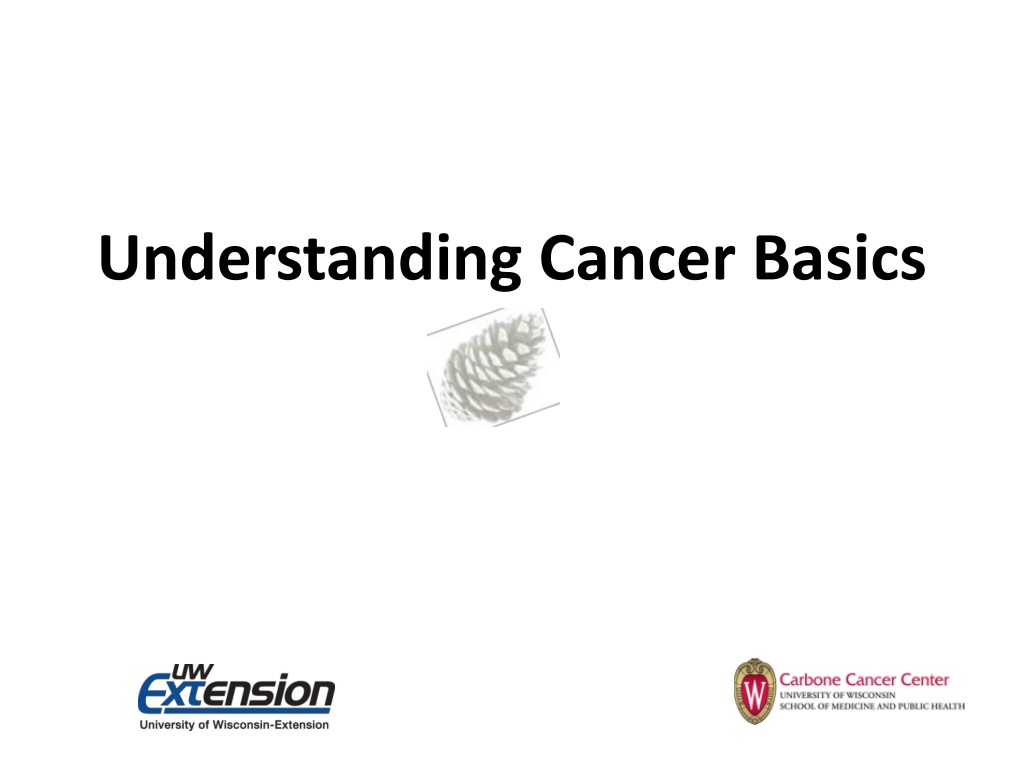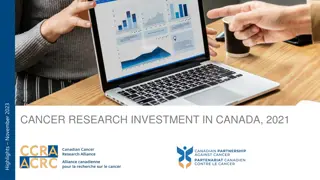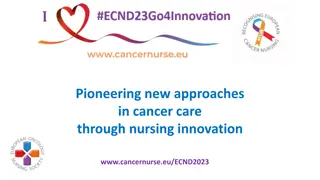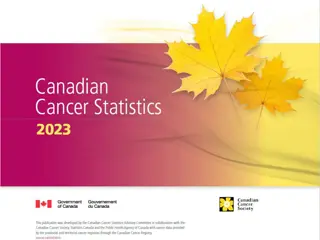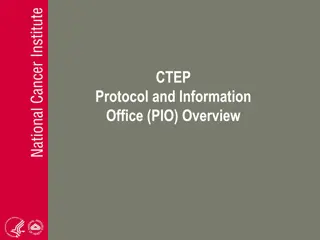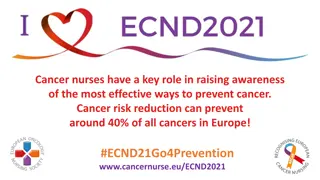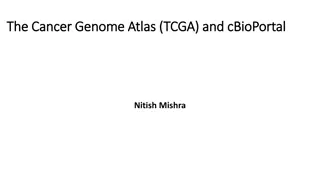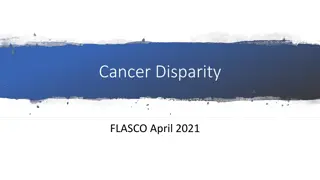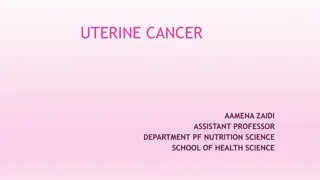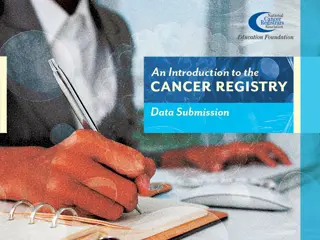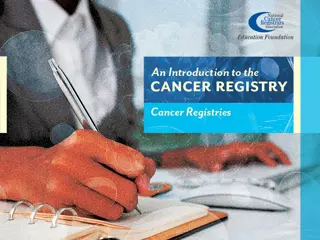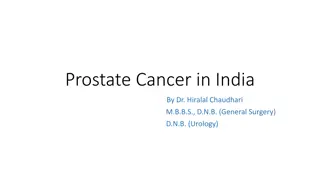Understanding Cancer Basics: What You Need to Know
Cancer is a group of over 200 different diseases characterized by abnormal cell growth. This article explores what cancer is, how it can be prevented, diagnosed, and staged, as well as the factors that contribute to its development. By understanding the basics of cancer, you can gain insight into its causes and implications for treatment and prevention.
Download Presentation

Please find below an Image/Link to download the presentation.
The content on the website is provided AS IS for your information and personal use only. It may not be sold, licensed, or shared on other websites without obtaining consent from the author. Download presentation by click this link. If you encounter any issues during the download, it is possible that the publisher has removed the file from their server.
E N D
Presentation Transcript
Understanding Cancer Basics What is cancer? Can cancer be prevented? How is cancer diagnosed? What does cancer stage mean? Why is it important? What are cancer risk factors? How does cancer spread?
Today s Objectives At the end of this section, you will be able to: UNDERSTAND what cancer is STATE how a cancer diagnosis is made IDENTIFY cancer risk factors UNDERSTAND the importance of cancer stage
What is Cancer? Cancer is not just one disease, but a group of over 200 different diseases. Cancer is an abnormal growth of cells. Each cell contains a set of instructions (DNA). The instructions tell the cell when to reproduce and when to die. Sometimes, the instructions (DNA) can be damaged and can result in a mutation. If cells keep reproducing in an uncontrolled way, a mass forms.
Normal Cell Growth Normally your body tells itself to stay on cell cruise control. Cell cruise control maintains a steady, orderly speed and always stays in its lane.
Uncontrolled Cell Growth If the cruise control instructions are damaged, the cell growth gas pedal can get stuck in acceleration mode. Constant acceleration mode means that cells are reproducing at a much faster rate than necessary. This equals higher speeds and more cells. If cells are going too fast in traffic, a pile up can happen. This cell pile up is called a tumor.
Tumors can be benign or malignant Benign tumors are not cancer. They do not spread to other parts of the body and are not usually a threat to someone s life. Malignant tumors are cancer cells which reproduce without control or order. Cancer cells can spread to other parts of the body. Think of the cells like a car whose cruise control is stuck and speeding out of control.
What causes cancer? Over time, a cell takes many hits. Hits come from: what you are exposed to (environmentally, occupationally, radiation, viruses), and how you live (tobacco, diet, alcohol, activity, etc.)
Individual Cancer Risk Factors Family history, gender or age can also influence a person s risk for developing cancer.
What are my cancer risk factors? Your risk of developing cancer, as well as stroke, heart disease and diabetes, depends on: who you are (family history) what you are exposed to (environmentally, secondhand smoke, occupationally, viruses, radiation), and how you live (tobacco, diet, alcohol, physical activity, etc.).
How is a cancer diagnosis made? A cancer diagnosis can only be made by looking at cells from a biopsy under a microscope.
Primary Cancer Site Most cancers are identified by the organ in which they first begin to grow (i.e. breast cancer).
Thank you!! For additional information please contact www.ruralcancernetwork.org website.
